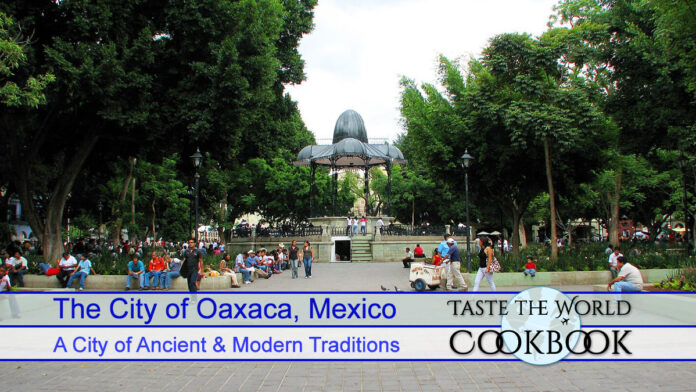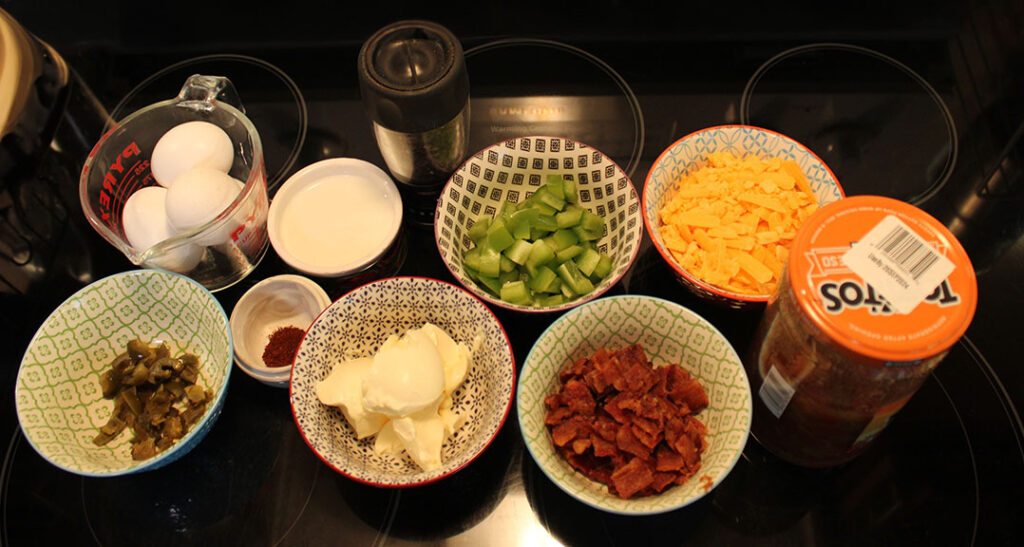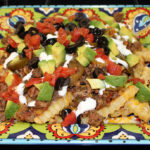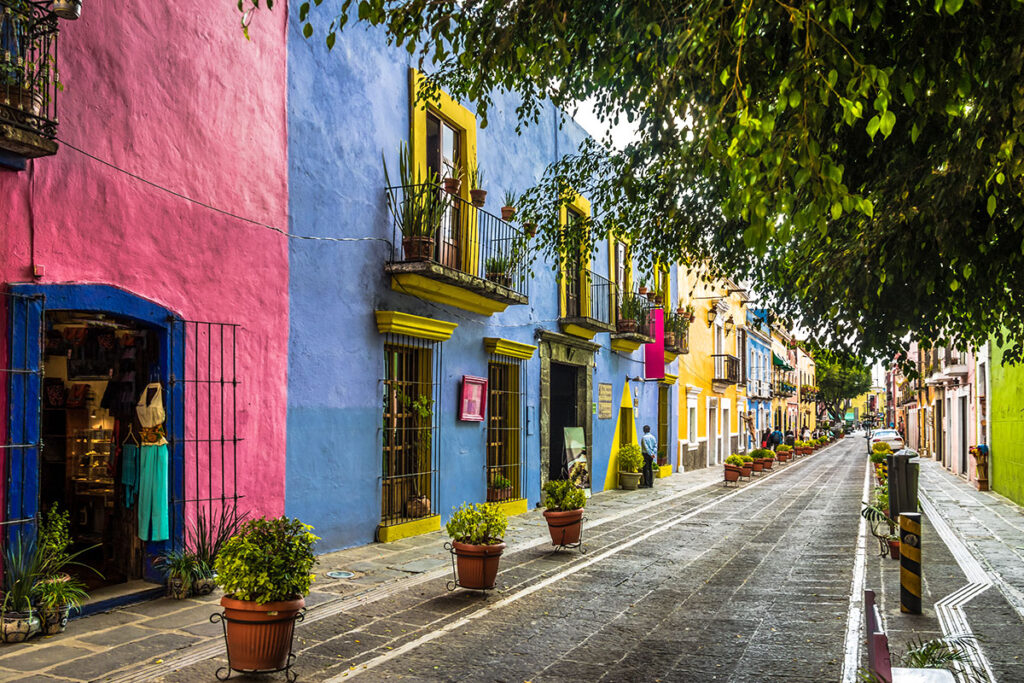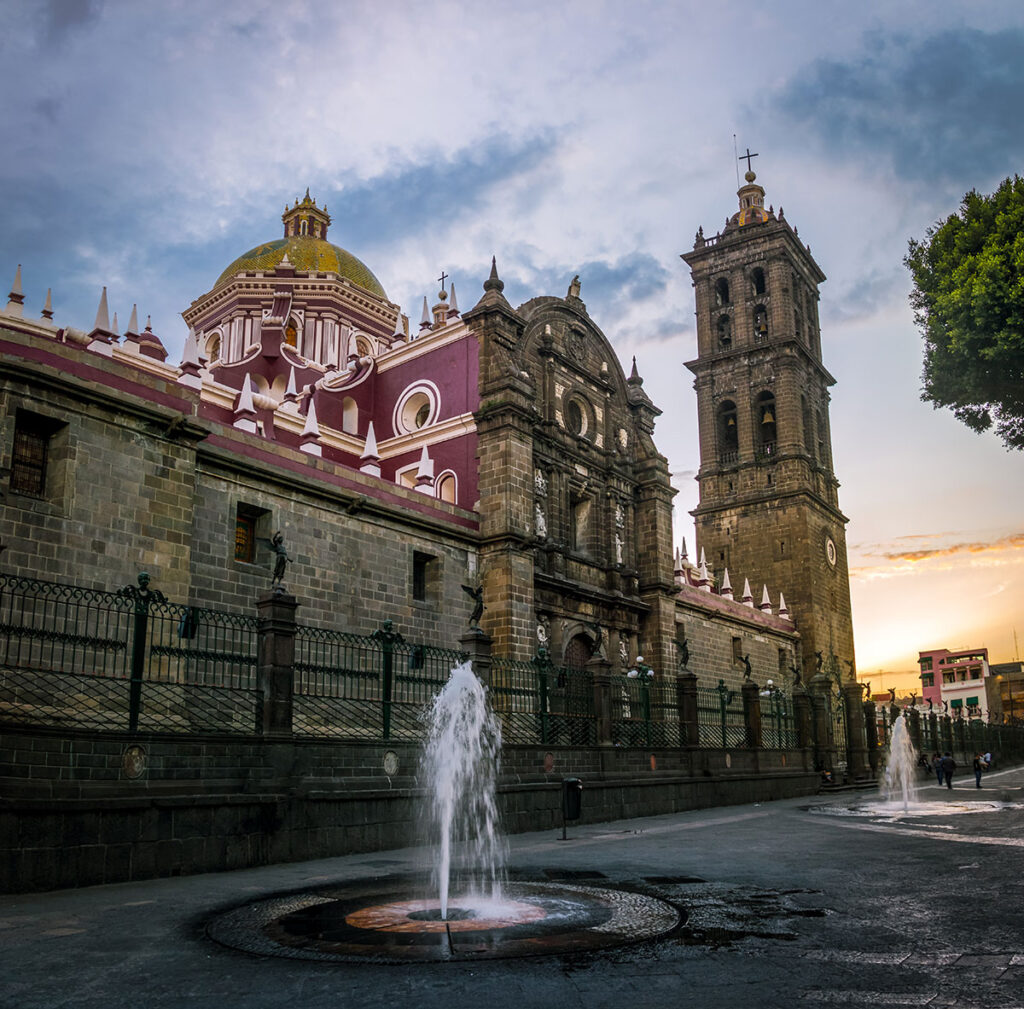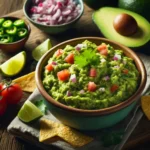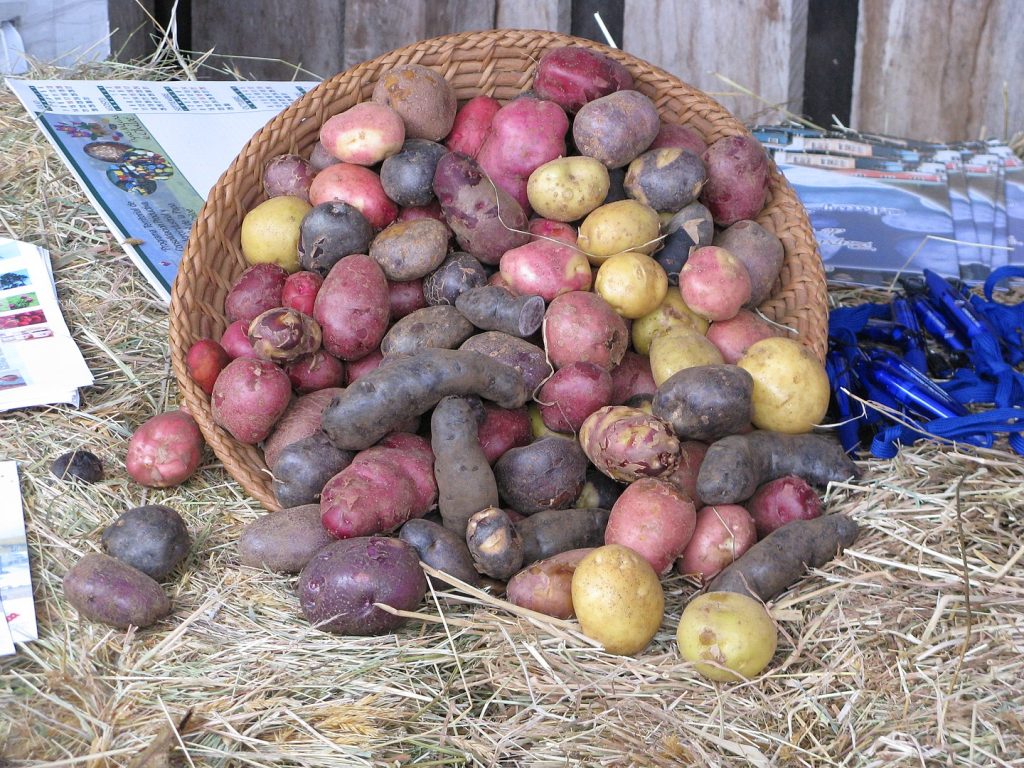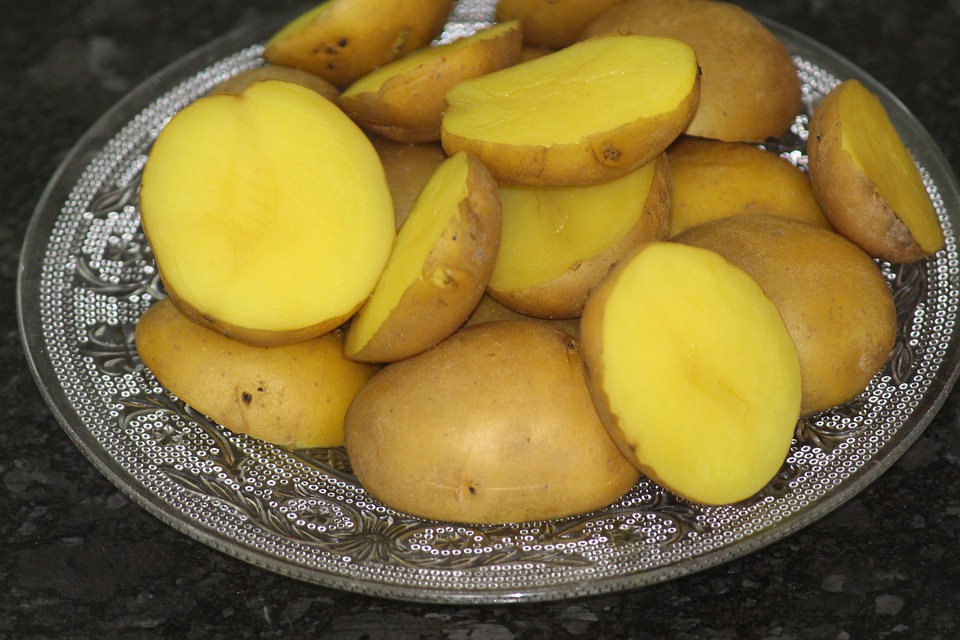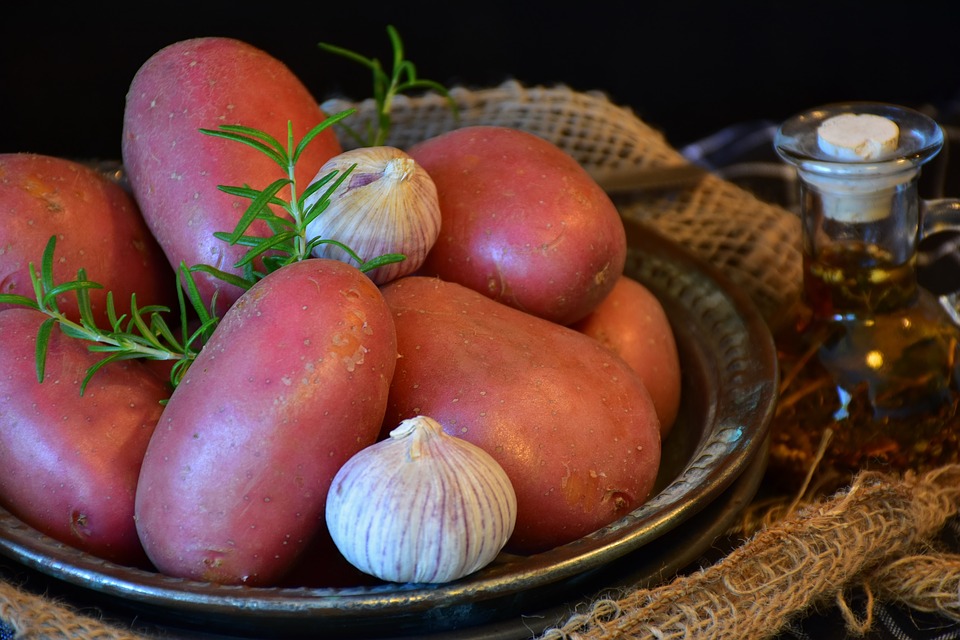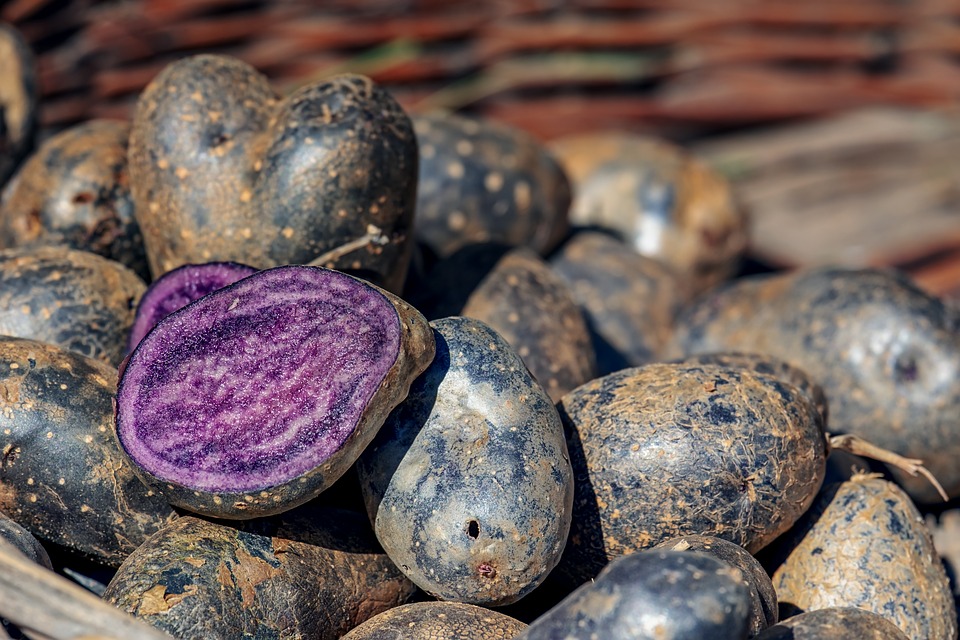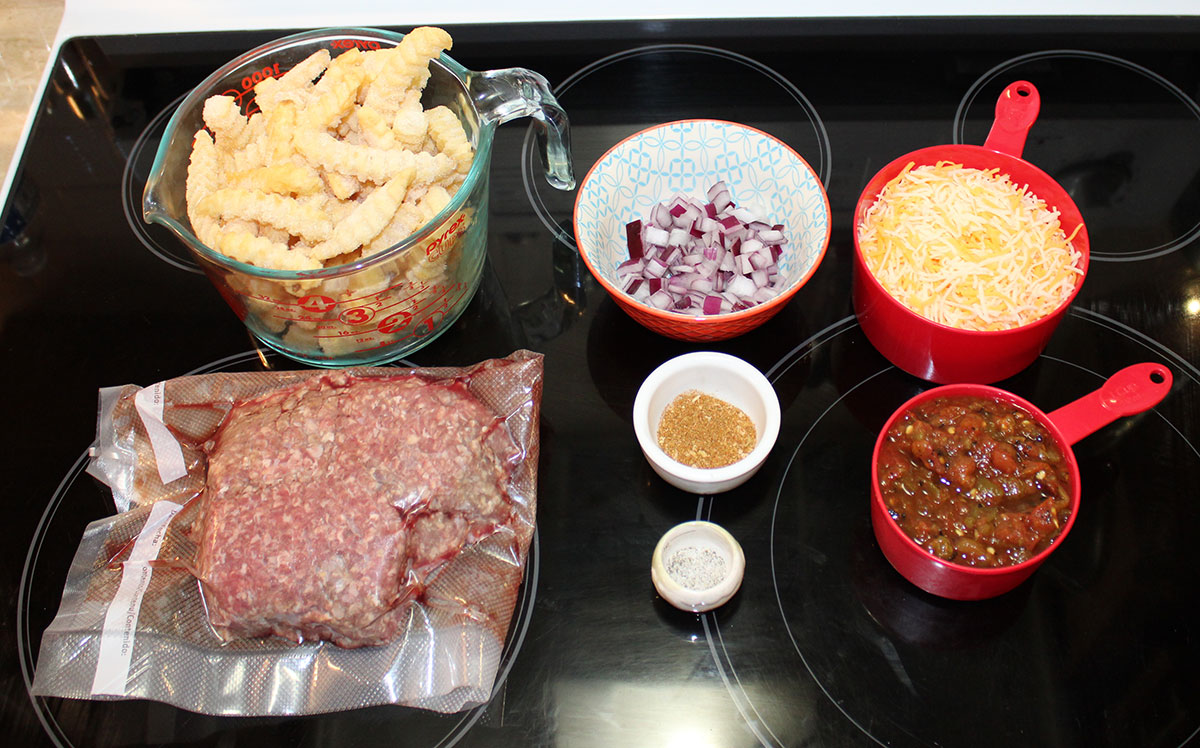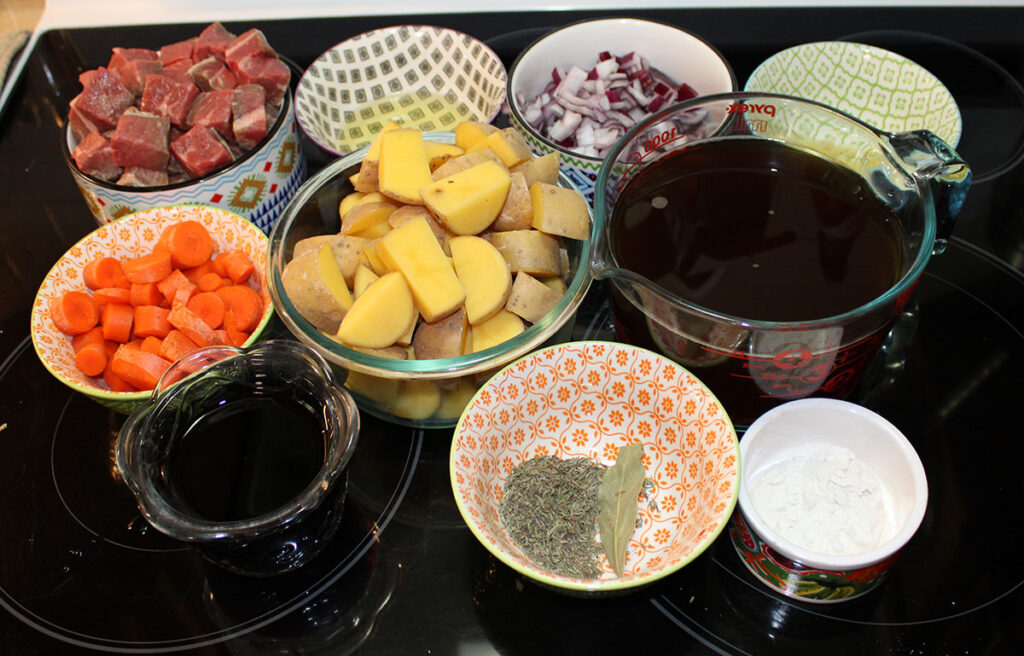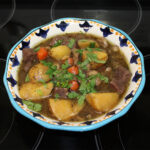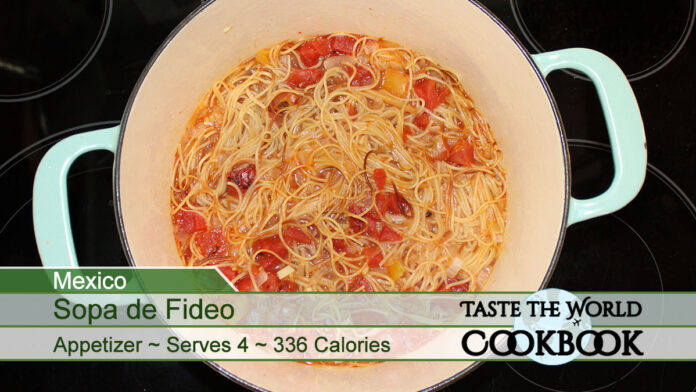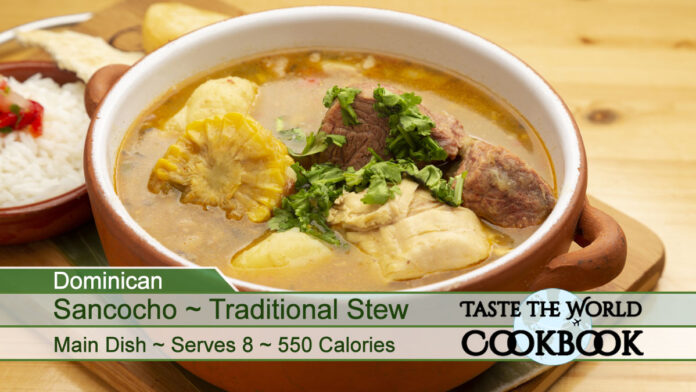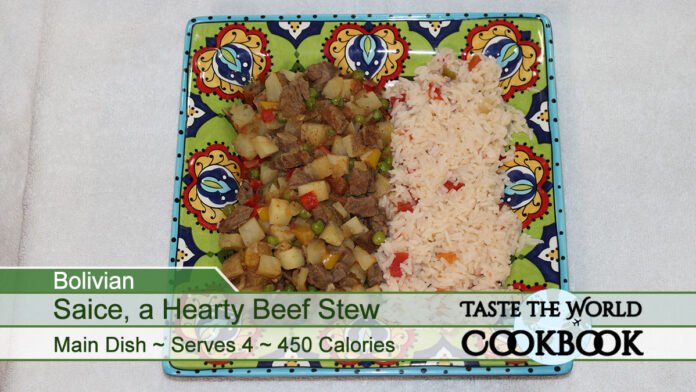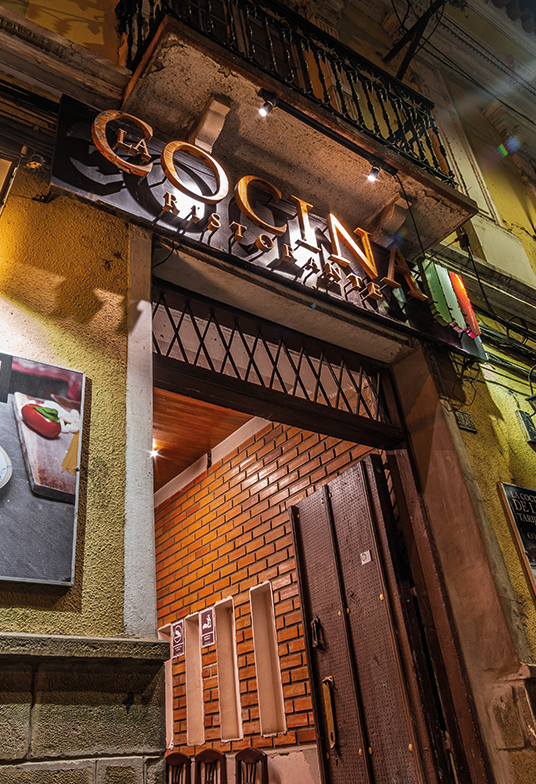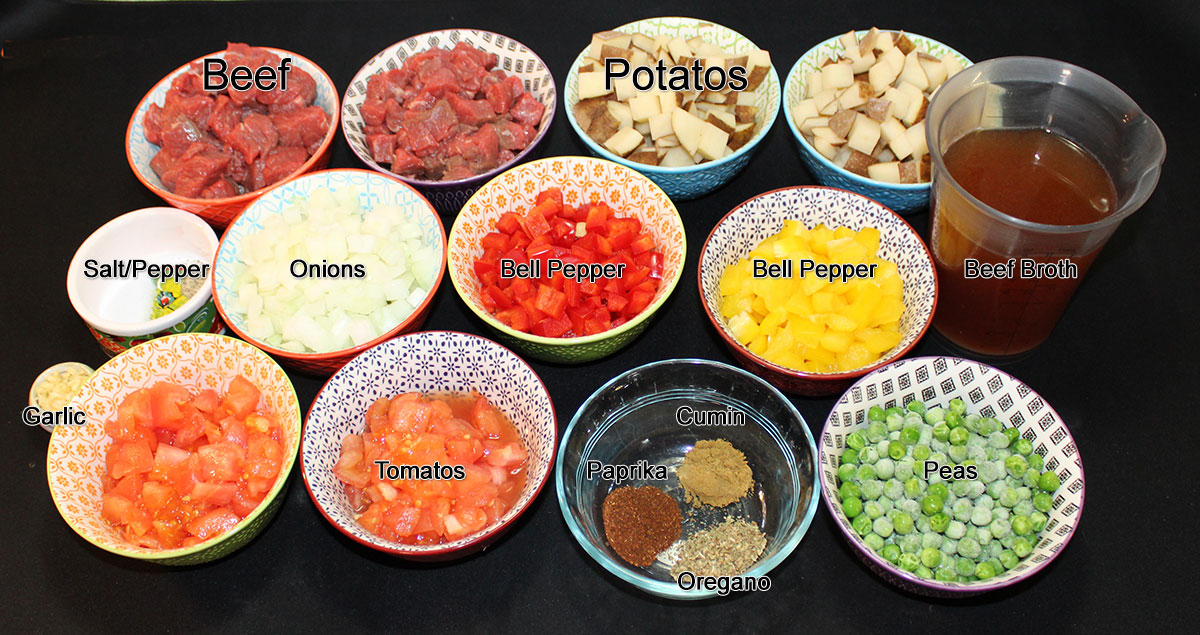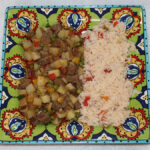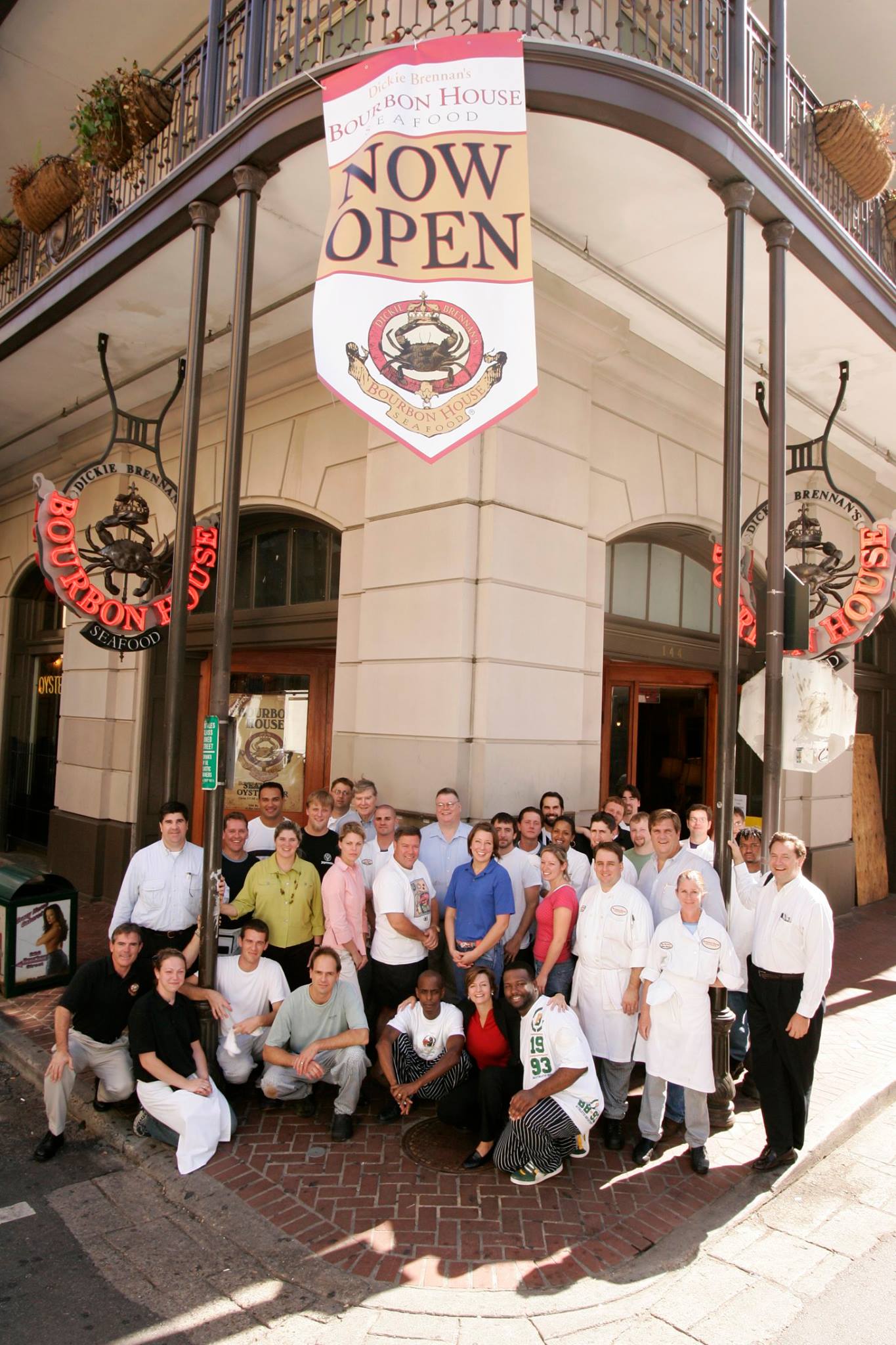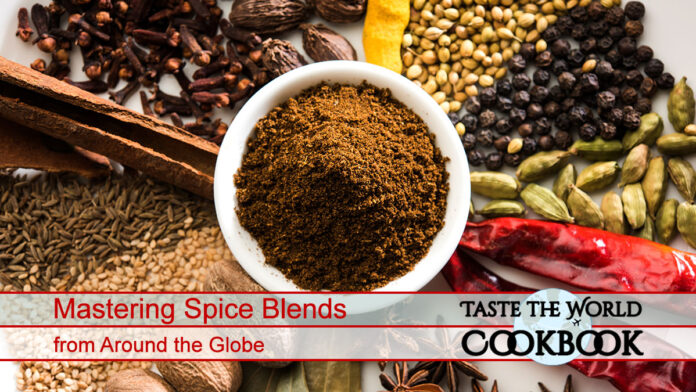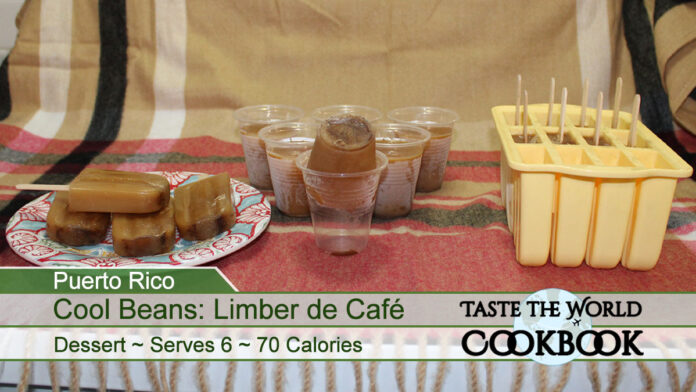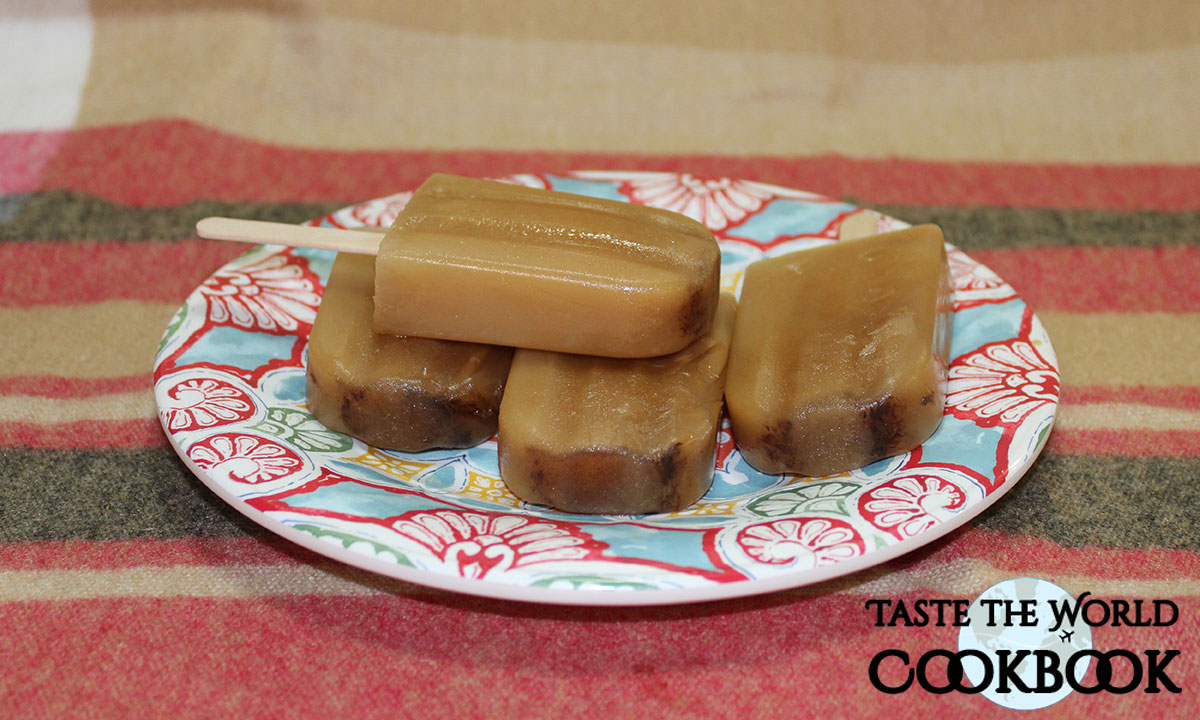Nestled in the heart of southern Mexico, Oaxaca is a city that enchants visitors with its rich cultural heritage, vibrant traditions, and breathtaking landscapes. This enchanting city offers a seamless blend of old and new, where colonial-era architecture stands proudly alongside contemporary art galleries and cafes. The historic center, recognized as a UNESCO World Heritage Site, is a testament to Oaxaca’s storied past, with its stunning churches, grand plazas, and charming cobblestone streets inviting exploration at every turn. Every corner of the city tells a story, from its ancient indigenous roots to its colonial influences, creating a tapestry of history and culture that is both fascinating and enriching.
- Table of Contents:
Oaxaca’s vibrant traditions are evident in its lively festivals, colorful markets, and artisanal crafts. The city’s bustling markets, such as the Mercado Benito Juárez and Mercado 20 de Noviembre, are a sensory overload of sights, sounds, and smells. Here, visitors can find everything from handcrafted textiles and pottery to an array of local produce and street food. These markets are not just places to shop but are integral to the social and cultural fabric of Oaxaca, offering a glimpse into the daily lives of its residents. Festivals like the Guelaguetza and Día de los Muertos bring the city to life with music, dance, and elaborate costumes, celebrating the rich traditions and community spirit that define Oaxaca.
The culinary scene in Oaxaca is another highlight that draws food enthusiasts from around the world. Known as the gastronomic capital of Mexico, Oaxaca boasts a diverse and flavorful cuisine that reflects its indigenous heritage and colonial past. The city is famous for its moles, a variety of rich, complex sauces that come in different colors and flavors, each a masterpiece of culinary artistry. Street food vendors and upscale restaurants alike offer a taste of Oaxaca’s culinary delights, from tlayudas and tamales to mezcal, the region’s iconic spirit. Whether you are savoring a meal in a bustling market or a cozy eatery, the food in Oaxaca promises to be an unforgettable experience that tantalizes the taste buds and nourishes the soul.

A Stroll Through History
Oaxaca’s history is deeply rooted in its indigenous cultures, with the Zapotec and Mixtec civilizations leaving an indelible mark on the region. These ancient peoples constructed impressive cities such as Monte Albán and Mitla, which continue to awe visitors with their architectural brilliance and historical significance. Monte Albán, perched atop a mountain, offers panoramic views of the Oaxacan valley and stands as a testament to the engineering prowess of the Zapotec civilization. Mitla, known for its intricate mosaic work and geometric patterns, showcases the artistic sophistication of the Mixtec people. These archaeological sites provide a profound connection to Oaxaca’s pre-Hispanic past and are essential stops for any history enthusiast.
The colonial era introduced new layers to Oaxaca’s historical tapestry, as Spanish influence transformed the city’s landscape and culture. Walking through Oaxaca’s historic center, one can admire the stunning colonial architecture, characterized by grand churches, elegant mansions, and vibrant plazas. The colorful facades and cobblestone streets create a picturesque setting that evokes the city’s colonial past. Key landmarks, such as the Oaxaca Cathedral and the Basilica de la Soledad, reflect the blend of indigenous and Spanish architectural styles, offering a glimpse into the region’s complex history. The harmonious coexistence of these influences is a testament to Oaxaca’s ability to embrace and integrate diverse cultural elements over the centuries.
A visit to the Santo Domingo de Guzmán Church and the adjacent Cultural Center is a journey through time, offering insights into Oaxaca’s evolution. The church, with its baroque architecture and ornate interiors, is a masterpiece of colonial art and craftsmanship. The adjoining Cultural Center, housed in a former convent, features a museum with exhibits spanning Oaxaca’s history from ancient times to the present. Visitors can explore artifacts, artworks, and documents that narrate the region’s rich cultural heritage. The beautifully maintained gardens and courtyards of the complex provide a serene backdrop for contemplation and appreciation of Oaxaca’s historical journey. Together, these sites encapsulate the essence of Oaxaca’s storied past and its continuous cultural dynamism.
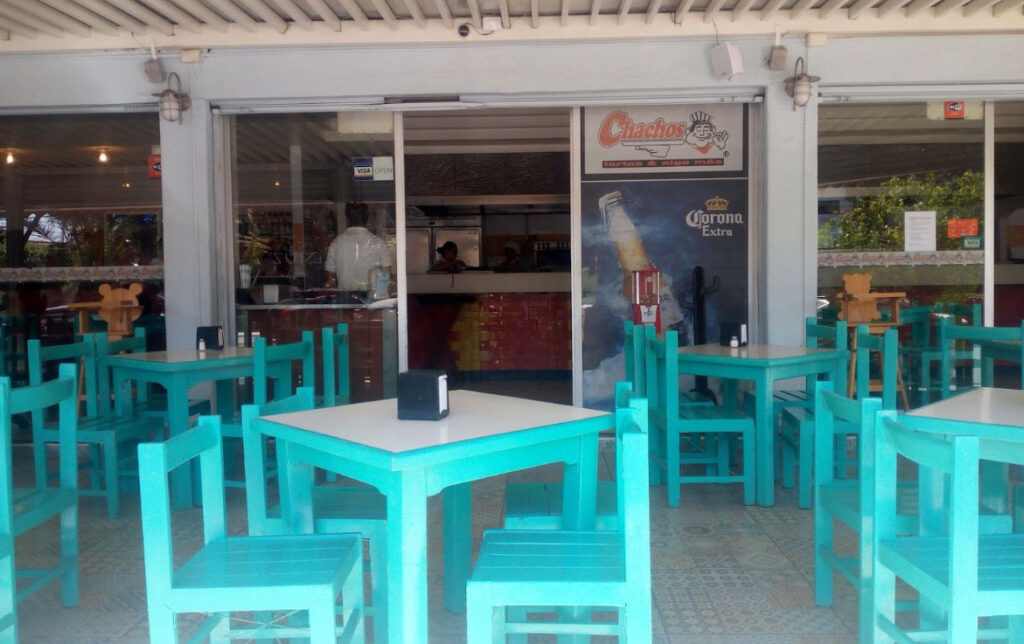
Savor the Culinary Delights of Oaxaca, Mexico
Oaxaca is often hailed as the gastronomic capital of Mexico, and for good reason. The city’s culinary scene is a vibrant mosaic of flavors and traditions, reflecting its rich cultural heritage and diverse ingredients. One of the most celebrated aspects of Oaxacan cuisine is its moles, a group of rich, complex sauces that come in a variety of flavors and colors. Mole Negro, with its deep, smoky flavor and intricate blend of over 30 ingredients, including chilies, spices, nuts, and chocolate, stands out as a must-try. Each mole has its unique character and story, passed down through generations, and showcases the mastery and creativity of Oaxacan cooks.
Beyond moles, Oaxaca’s food culture offers a plethora of other delights that tantalize the taste buds and offer a true taste of the region. The bustling Mercado 20 de Noviembre is a paradise for food lovers, where the air is filled with the enticing aromas of freshly cooked dishes. Here, you can find tlayudas, often referred to as Oaxacan pizzas, which are large, crispy tortillas topped with beans, cheese, meats, and a variety of fresh toppings. The market also offers a chance to try chapulines, toasted grasshoppers seasoned with lime, salt, and chili. While this may seem adventurous to some, chapulines are a traditional snack in Oaxaca, providing a crunchy, savory treat that is rich in protein and flavor.
Oaxaca’s culinary scene extends beyond its markets to its many street food vendors and restaurants, each offering a unique dining experience. Street food vendors serve up everything from tamales wrapped in banana leaves to memelas topped with salsa and cheese, providing an authentic and affordable way to enjoy local specialties. For those seeking a more refined experience, Oaxaca’s restaurants offer a modern twist on traditional dishes, often using locally sourced, organic ingredients. Mezcal, the region’s iconic spirit, is also a highlight, with many bars and tasting rooms offering a variety of this smoky, complex liquor made from agave. Whether enjoyed in a bustling market, a street corner, or a chic restaurant, the food in Oaxaca promises to be an unforgettable experience that showcases the region’s culinary artistry and cultural richness.

Discover Arts and Crafts From Oaxaca, Mexico
Oaxaca is a hub of artistic expression, home to a thriving community of artisans and craftsmen whose works reflect the region’s rich cultural heritage and vibrant creativity. The city’s markets are brimming with an array of handmade textiles, pottery, and alebrijes – brightly colored wooden sculptures of fantastical creatures. These markets are not just places to shop but living galleries where each piece tells a story of tradition, skill, and artistic vision. Walking through these bustling stalls, visitors are immersed in a world of colors, textures, and designs that showcase the diverse artistic traditions of Oaxaca’s indigenous communities.
One of the most captivating aspects of Oaxacan arts and crafts is the creation of alebrijes. These intricate wooden carvings, often depicting mythical animals and fantastical creatures, are a testament to the region’s imaginative spirit and expert craftsmanship. Originating from the town of San Martín Tilcajete, each alebrije is meticulously hand-carved from copal wood and painted with vibrant, intricate patterns. The process involves the entire community, from woodcutters to carvers to painters, each contributing their skills to bring these mythical beings to life. Visitors to the workshops can witness this fascinating process firsthand, gaining a deeper appreciation for the labor and creativity involved in each piece.
The nearby town of Teotitlán del Valle is renowned for its intricate handwoven rugs, dyed using natural pigments derived from local plants, insects, and minerals. These rugs are woven on traditional looms, and their designs often incorporate Zapotec symbols and motifs, passed down through generations. Visiting Teotitlán del Valle offers a unique opportunity to explore the workshops and meet the artisans who continue this ancient craft. Visitors can observe the entire process, from dyeing the wool with cochineal and indigo to weaving intricate patterns. This hands-on experience provides insight into the meticulous craftsmanship and cultural significance of these beautiful textiles, making each piece a true work of art.
Oaxaca’s artistic landscape is also enriched by its pottery, particularly the famous black clay pottery (barro negro) from San Bartolo Coyotepec. This distinctive pottery, known for its glossy finish and intricate designs, is made using traditional methods that date back centuries. The process involves molding the clay by hand, firing it in a pit kiln, and polishing it with quartz stones to achieve its signature shine. Each piece, whether it be a vase, a figurine, or a decorative plate, is a testament to the skill and dedication of the artisans. Exploring the studios and galleries in this town allows visitors to witness the transformation of raw clay into stunning pieces of art, highlighting the cultural and artistic heritage of Oaxaca.

Celebrate Oaxaca’s Festivals and Traditions
Oaxaca’s calendar is filled with vibrant festivals that celebrate its rich cultural heritage, showcasing the region’s diverse traditions and community spirit. These festivities are deeply rooted in indigenous customs and offer visitors a chance to experience the heart and soul of Oaxacan culture. From exuberant parades and colorful costumes to sacred rituals and joyous dances, Oaxaca’s festivals are a captivating blend of the ancient and contemporary, providing a unique and immersive cultural experience.
One of the most famous and anticipated events is the Guelaguetza, held every July. This spectacular festival, also known as Los Lunes del Cerro, brings together indigenous communities from across the state to share their unique cultural expressions. Participants don traditional costumes and perform folk dances, each telling a story of their heritage and local customs. The rhythmic beats of indigenous music and the vibrant whirl of skirts create a mesmerizing spectacle that celebrates the unity and diversity of Oaxaca’s people. The Guelaguetza is not just a visual feast but a profound expression of the values of community, reciprocity, and mutual support that are central to Oaxacan life.
During Día de los Muertos (Day of the Dead), Oaxaca transforms into a city of light and color, offering a profound and colorful insight into this unique Mexican tradition. Celebrated from October 31st to November 2nd, this festival honors deceased loved ones with altars (ofrendas) adorned with photographs, favorite foods, and mementos. Marigold flowers, believed to guide spirits back to the world of the living, are used to decorate homes, streets, and cemeteries. The atmosphere is both festive and reverent, with families coming together to remember and celebrate the lives of those who have passed on. Parades, candlelit vigils, and traditional dances fill the city, creating a vibrant and poignant tribute to the cycle of life and death.
Oaxaca’s festivals extend beyond these well-known events, with numerous other celebrations marking the city’s cultural calendar. The Night of the Radishes (Noche de Rábanos), held on December 23rd, is a unique and whimsical event where artisans carve radishes into elaborate scenes and figures, displaying their creations in the main plaza. This quirky festival highlights the creativity and playful spirit of Oaxaqueños. The Semana Santa (Holy Week) processions are deeply spiritual, with solemn reenactments of biblical events, while the Calendas, traditional parades held throughout the year, feature giant papier-mâché puppets, fireworks, and live music, bringing the streets to life with joy and exuberance.
Each festival in Oaxaca is a testament to the region’s rich cultural tapestry, offering visitors a chance to participate in age-old traditions and witness the enduring spirit of its people. Whether you are dancing in the streets during the Guelaguetza, lighting candles for Día de los Muertos, or marveling at radish carvings during Noche de Rábanos, Oaxaca’s festivals provide an unforgettable experience that celebrates the beauty, diversity, and resilience of its cultural heritage.

Exploring Oaxaca’s Natural Wonders and Stunning Landscapes
Beyond the vibrant cityscape, Oaxaca’s natural landscapes are equally captivating, offering a diverse array of breathtaking sights and outdoor adventures that beckon nature lovers and adventurers alike. The region’s topography, ranging from rugged mountains to lush valleys and serene beaches, provides an endless array of natural wonders to explore and enjoy.
One of the most stunning natural attractions in Oaxaca is Hierve el Agua, a site of petrified waterfalls that defies belief. This geological wonder features towering rock formations that resemble cascading waterfalls, formed over millennia by mineral deposits from natural springs. The name “Hierve el Agua,” meaning “the water boils,” comes from the bubbling, mineral-rich pools at the site’s summit. These pools are perfect for a refreshing dip, offering not only a unique bathing experience but also panoramic views of the surrounding Sierra Madre mountains. The tranquil setting and surreal landscape make Hierve el Agua a must-visit destination for those seeking both relaxation and natural beauty.
Another gem in Oaxaca’s natural crown is the archaeological site of Monte Albán, perched atop a mountain and providing sweeping views of the Oaxacan valley. This ancient Zapotec city, one of the earliest and most significant Mesoamerican sites, offers a glimpse into the region’s rich pre-Hispanic history. Visitors can explore the grand plazas, towering pyramids, and intricate stone carvings that make Monte Albán a UNESCO World Heritage Site. The site’s elevated location provides a breathtaking vantage point, allowing visitors to take in the expansive beauty of the valley below while contemplating the ingenuity and architectural prowess of the Zapotec civilization. A visit to Monte Albán is not just a historical journey but also an opportunity to connect with the natural splendor that surrounds this ancient city.
Oaxaca’s natural beauty extends to its diverse ecosystems, which include lush forests, pristine beaches, and abundant wildlife. The Sierra Norte mountains, for instance, are a haven for eco-tourism, offering numerous hiking trails that wind through cloud forests and pine groves. These trails lead to indigenous villages where visitors can experience traditional ways of life and enjoy the region’s rich biodiversity. For beach enthusiasts, the Pacific coastline offers stunning beaches like Mazunte and Zipolite, known for their golden sands, crystal-clear waters, and laid-back atmospheres. These coastal paradises are perfect for swimming, surfing, and simply soaking in the sun.
Additionally, the region’s rivers and waterfalls, such as the Pochutla and San Agustinillo waterfalls, provide idyllic spots for picnicking, swimming, and nature walks. Oaxaca’s varied landscapes and natural attractions make it a prime destination for outdoor activities and eco-adventures, from birdwatching in the wetlands of the Isthmus of Tehuantepec to exploring the caves and canyons of the Mixteca region.
In summary, Oaxaca’s natural beauty is as diverse and captivating as its cultural heritage. Whether you’re soaking in the mineral-rich pools of Hierve el Agua, marveling at the ancient ruins of Monte Albán, hiking through the Sierra Norte, or relaxing on the Pacific coast, Oaxaca offers an unparalleled array of natural wonders that promise to inspire and rejuvenate. The region’s stunning landscapes and outdoor opportunities make it a haven for those seeking to connect with nature and experience the awe-inspiring beauty of southern Mexico.
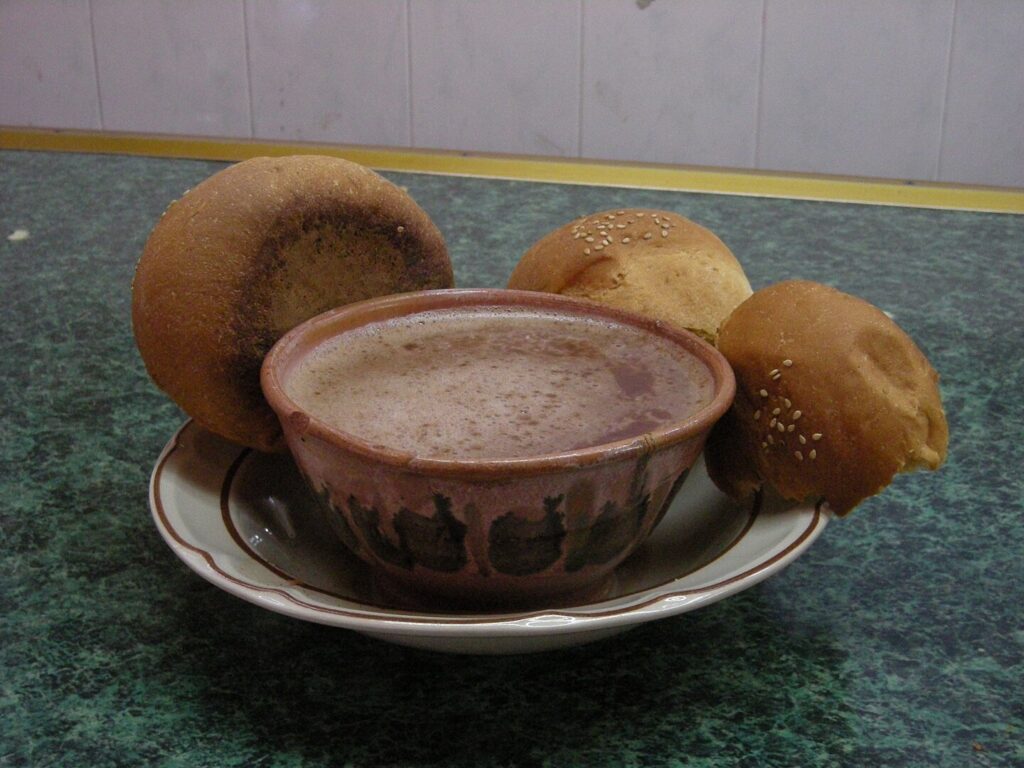
Oaxaca: A Symphony of History, Culture, and Natural Splendor
Oaxaca is a city that captivates with its enchanting blend of history, culture, and natural beauty. The city’s historic streets, adorned with colonial architecture and colorful facades, transport visitors back in time, offering glimpses into its rich past. The echoes of ancient Zapotec and Mixtec civilizations resonate through archaeological sites like Monte Albán and Mitla, providing a deep sense of connection to Oaxaca’s indigenous heritage. Wandering through these historical marvels, one cannot help but feel the profound legacy that shapes the very essence of Oaxaca.
Beyond its historical allure, Oaxaca’s vibrant culture is a tapestry of traditions, festivals, and artistic expression. The city’s markets are alive with the sounds of artisans at work, crafting intricate textiles, pottery, and alebrijes that reflect the region’s creativity and skill. Festivals such as the Guelaguetza and Día de los Muertos bring the streets to life with music, dance, and colorful displays, celebrating the spirit of community and cultural pride. Each event and every craft piece tells a story, inviting visitors to immerse themselves in the rich cultural narrative that defines Oaxaca.
The natural beauty of Oaxaca is equally captivating, with its diverse landscapes ranging from the petrified waterfalls of Hierve el Agua to the serene beaches along the Pacific coast. Outdoor enthusiasts can explore the Sierra Norte mountains, hike through lush forests, or relax in the mineral-rich pools of Hierve el Agua, all while taking in the breathtaking vistas. Oaxaca’s culinary scene further enhances the experience, offering a feast for the senses with its renowned moles, tlayudas, and mezcal. Whether you are savoring a meal in a bustling market or enjoying the tranquility of nature, Oaxaca promises an experience that is both enriching and unforgettable. Plan your visit and discover the magic that awaits in this gem of southern Mexico, where history, culture, and nature harmoniously converge.
- Photo Credits:
- By Raymond Ostertag – Self-photographed, CC BY-SA 2.5, https://commons.wikimedia.org/w/index.php?curid=1366718
- By Chachos – Own work, https://www.facebook.com/ChachosReforma
- By Nanahuatl – Own work, CC BY-SA 4.0, https://commons.wikimedia.org/w/index.php?curid=105490352
- By Nsaum75 at English Wikipedia, CC BY-SA 3.0, https://commons.wikimedia.org/w/index.php?curid=12797298
- By Nsaum75 at English Wikipedia, CC BY-SA 3.0, https://commons.wikimedia.org/w/index.php?curid=10677639
- By AlejandroLinaresGarcia – Own work, CC BY-SA 3.0, https://commons.wikimedia.org/w/index.php?curid=6216512
